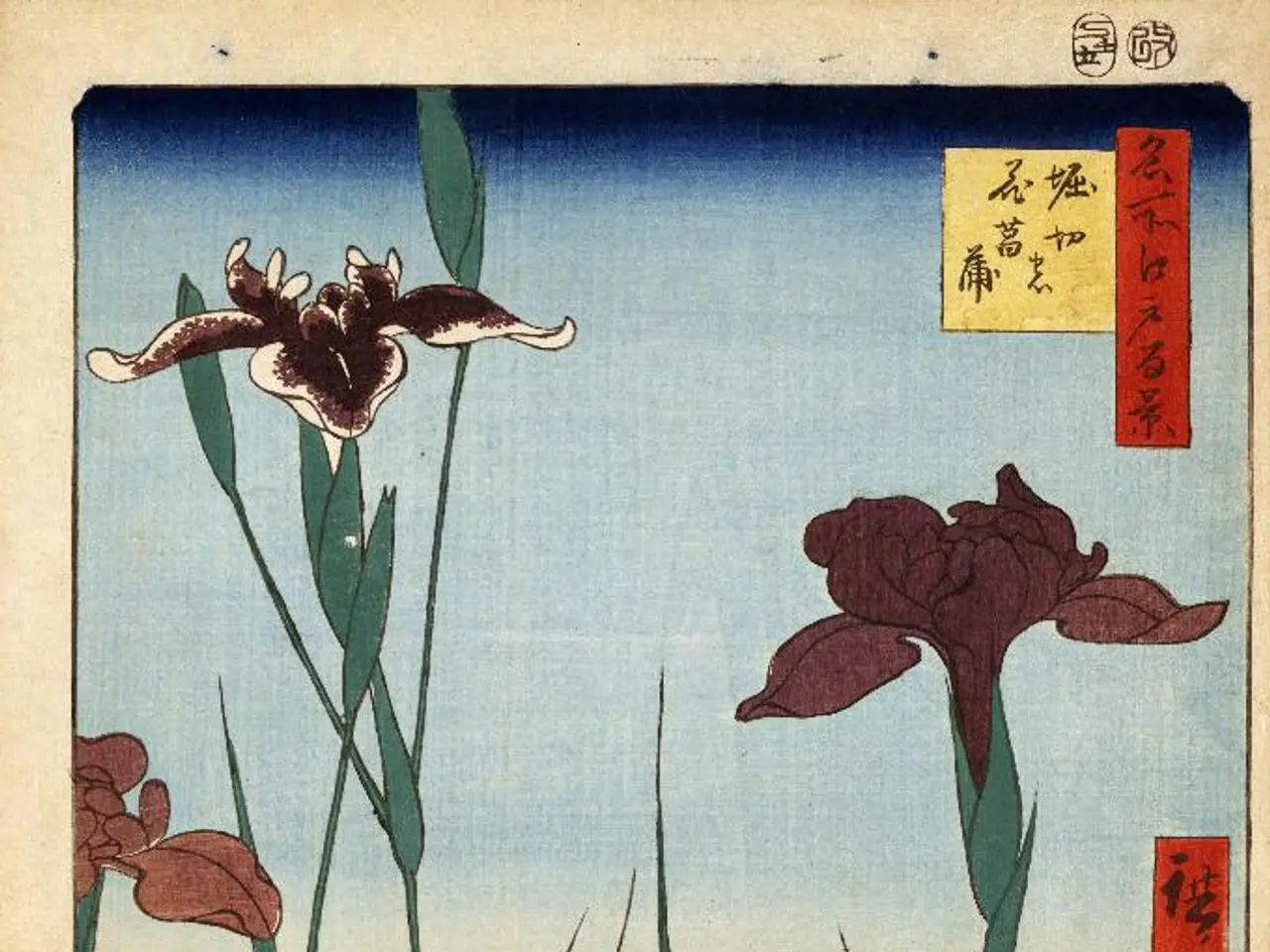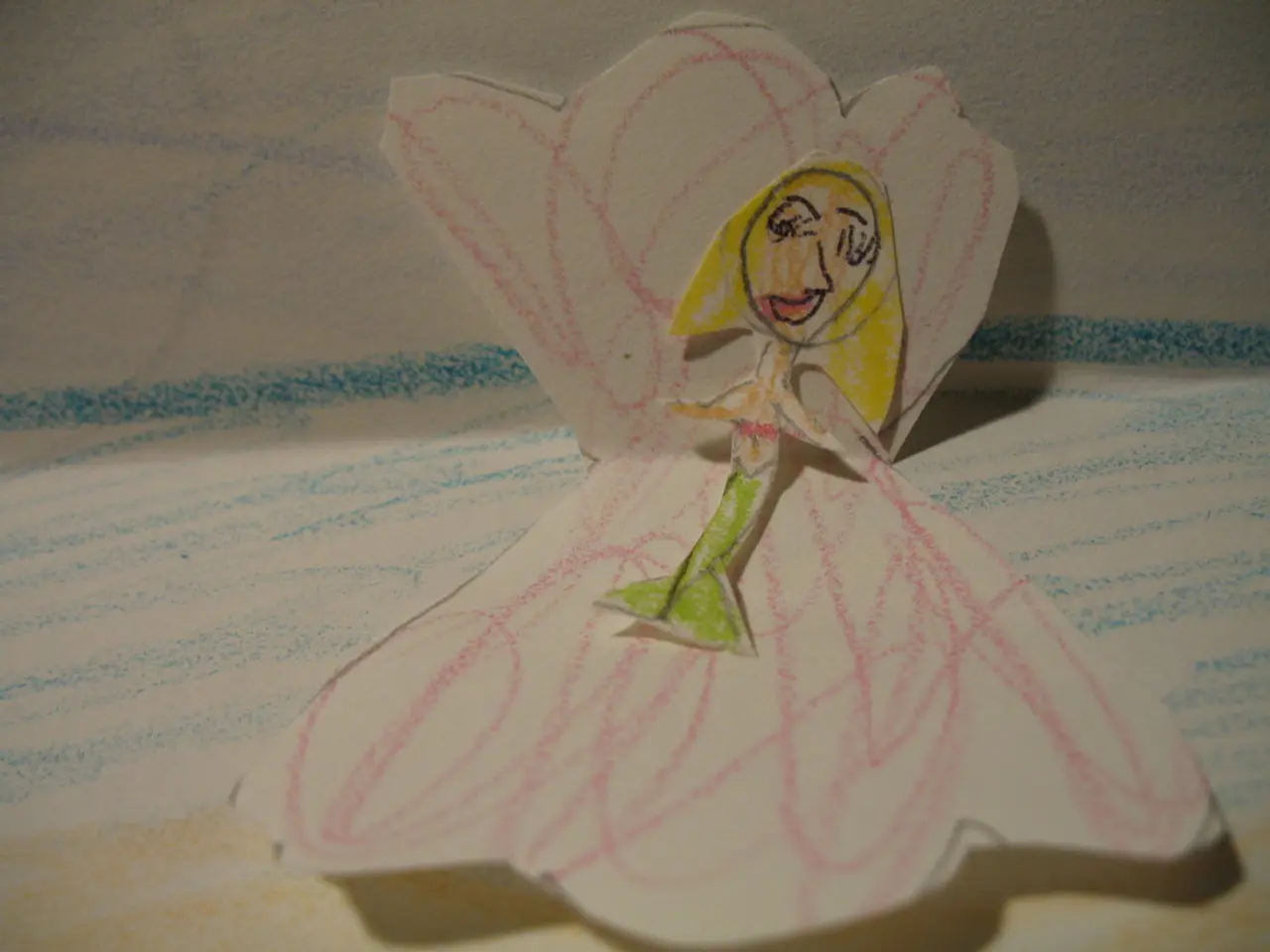Interesting Facts and Statistics about Terrariums You Shouldn't Miss
The Fascinating Evolution of Terrariums: From Victorian Obsession to Modern Bioactive Ecosystems
Terrariums, those captivating glass containers housing miniature ecosystems, have a rich history that dates back to the 19th century. Originally known as Wardian cases, they were invented by Dr. Nathaniel Bagshaw Ward in the 1830s, revolutionizing the transportation of live plants and crops across climates.
The invention of these closed plant containers was a game-changer for both the glass and horticulture industries, increasing demand for specialized glass containers and inspiring advancements in creating controlled microenvironments for plants and small animals. This development helped popularize botanical science and commercial houseplant trade, making plant cultivation accessible in urban settings and small spaces.
Culturally, terrariums have long been associated with the Victorian era, where they were used to display miniature natural landscapes in homes and exhibitions. They embodied the Victorian fascination with nature, exploration, and biological study, symbolizing a time when exotic plants were highly sought after by ladies suffering from conditions like Orchidelirium and Pteridomania.
As the years passed, terrariums evolved into decorative art objects and hobbyist projects, often featured in interior design, art installations, and educational programs about ecology and sustainability.
In recent years, there has been a strong shift towards bioactive terrariums, where the ecosystem inside is deliberately designed to be self-sustaining with carefully balanced plants, microfauna (like springtails and isopods), and organic layers that manage waste and moisture. This trend emphasizes ecological authenticity and sustainability, often used in reptile and amphibian keeping to provide naturalistic habitats that support animal health and reduce maintenance.
Innovations include substrate layering for waste breakdown, live mosses and plants, and microorganisms that create a closed nutrient cycle, reflecting a sophisticated, miniature biosphere. A notable example of long-term closed ecosystems similar to terrariums is David Latimer’s sealed bottle planted in 1960, which sustained life for over 60 years without maintenance, demonstrating the potential of closed terrarium systems.
Terrariums have come a long way since their accidental invention in 1829 by Dr. Ward. From being an industrial tool and driver of globalization in the 19th century to gaining popularity as a hobby in the modern era, these captivating glass containers continue to inspire and intrigue. With the growing trend towards creating bioactive terrariums, it's an exciting time to explore and engage with these miniature worlds.
In the Victorian era, terrariums were popularized as home-and-garden decor, embodying a fascination with nature and displaying miniature landscapes within homes and exhibitions. Today, the focus has shifted towards lifestyle choices, with the trend of creating bioactive terrariums gaining attention, emphasizing ecological authenticity and sustainability.




